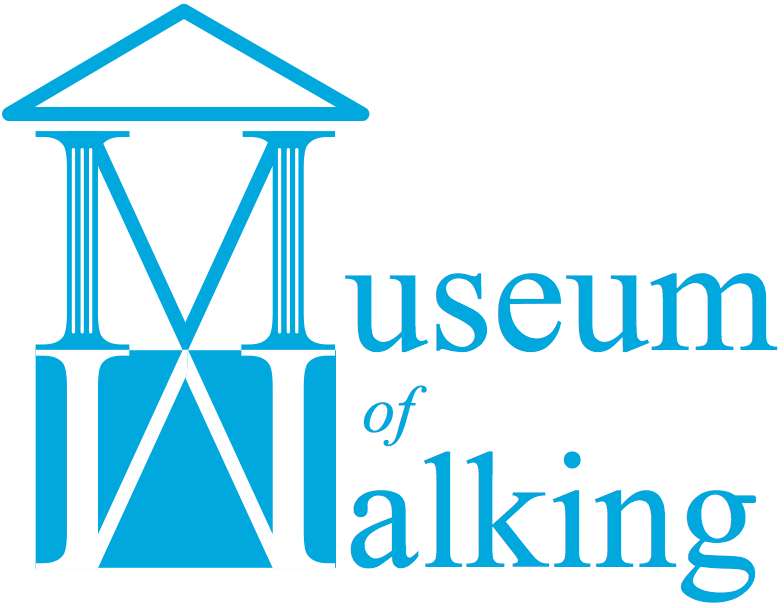Date/Time
Date(s) - 20/06/2018
6:00 pm - 7:30 pm
Location
St Olaf House - outside
London Bridge is about to shake off years of construction: More London, the Shard, and the redevelopment of London Bridge station. For a period, we can expect the dust to settle, though one glance at the New Southwark Plan suggests a wave of new development will ensue as this dynamic area continues to evolve.
During June the Museum of Walking will lead an eclectic series of walks focusing on some of the key characteristics that make up London Bridge’s past, present and future: its riverside,  railway and greenery, and its unique heritage medical and leisure heritage. Part of the London Festival of Architecture.
railway and greenery, and its unique heritage medical and leisure heritage. Part of the London Festival of Architecture.
The walks will invite workers, residents and visitors to build up a collective memory of the area, which we will post to our placemarks web platform so that new initiatives and developments can harness the essence of what people love about the area.
So join us in walking together, to observe the surroundings, to share stories, recall memories and think creatively about the future of the area. You will be accompanied by social historians, with specialist knowledge of the area, who will offer an explanation of the ‘why’ and the ’how’.
6.00pm-7.30pm Wednesday 20 June in the company of Tom Bolton, author of “Vanished City” and soon to be published “Wrong side of the tracks: a history of railway lands.” in revealing the  hidden history and obscure railway landscape.
hidden history and obscure railway landscape.
It was never meant to be a grand terminus, London Bridge station was a junction on a route that ran from Greenwich to Vauxhall, but it has since become one of London’s busiest commuter interchanges. Although the railway now predominates, in the 1970s it was thought that the area should be developed as a motoring hub, and more recently efforts have been made to enhance river passenger traffic too. With its deep arches and long tunnels, nefarious activities were previously drawn here, but now new opportunities are being revealed as retail entrepreneurs are becoming established.

